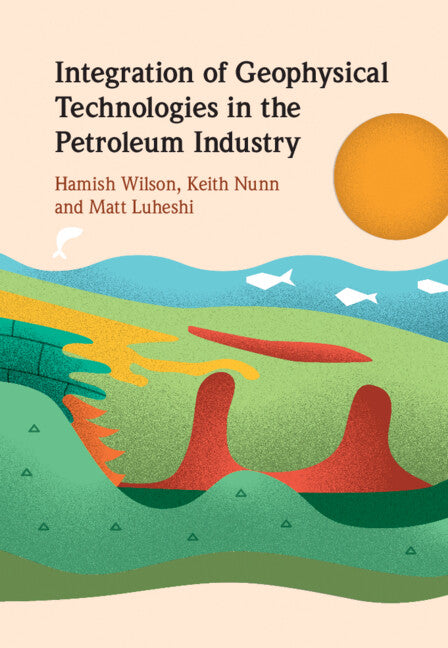Freshly Printed - allow 4 days lead
Couldn't load pickup availability
Integration of Geophysical Technologies in the Petroleum Industry
A review of geophysical technologies, how they should be deployed and integrated for improved petroleum exploration and production.
Hamish Wilson (Edited by), Keith Nunn (Edited by), Matt Luheshi (Edited by)
9781108842884, Cambridge University Press
Hardback, published 16 December 2021
356 pages
25.1 x 17.5 x 2.1 cm, 0.79 kg
The most utilized technique for exploring the Earth's subsurface for petroleum is reflection seismology. However, a sole focus on reflection seismology often misses opportunities to integrate other geophysical techniques such as gravity, magnetic, resistivity, and other seismicity techniques, which have tended to be used in isolation and by specialist teams. There is now growing appreciation that these technologies used in combination with reflection seismology can produce more accurate images of the subsurface. This book describes how these different field techniques can be used individually and in combination with each other and with seismic reflection data. World leading experts present chapters covering different techniques and describe when, where, and how to apply them to improve petroleum exploration and production. It also explores the use of such techniques in monitoring CO2 storage reservoirs. Including case studies throughout, it will be an invaluable resource for petroleum industry professionals, advanced students, and researchers.
1. Introduction Hamish Wilson
2. The Hydrocarbon Exploration Process Hamish Wilson
3. Crustal Seismic Studies Jannis Makris and K. R. Nunn
4. Gravity and magnetics Alan Reid
5. Full Tensor Gradiometry (FTG) Matt Luheshi
6. Marine Electromagnetic Methods Lucy MacGregor
7. Ocean Bottom Marine Seismic Methods Ian Jack
8. Microseismic Technology Peter Duncan
9. A Road Map For Subsurface De-risking Hamish Wilson
10. Glossary
Index.
Subject Areas: Volcanology & seismology [RBC], Geophysics [PHVG], Petroleum & oil industries [KNBP]


